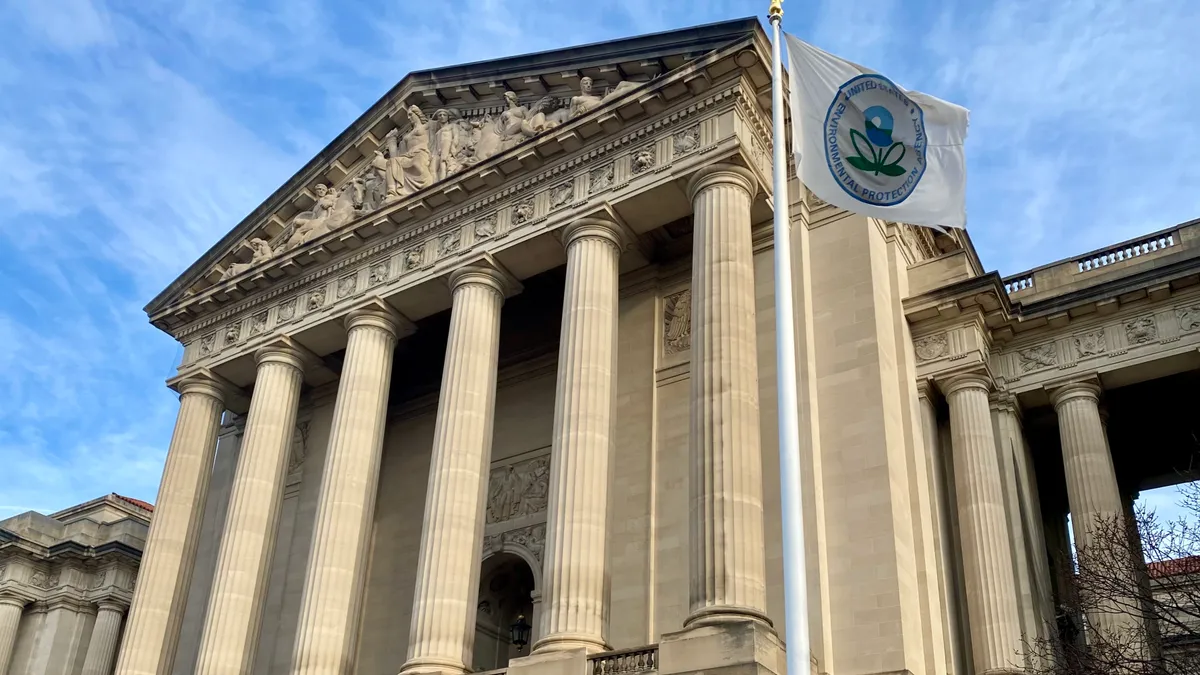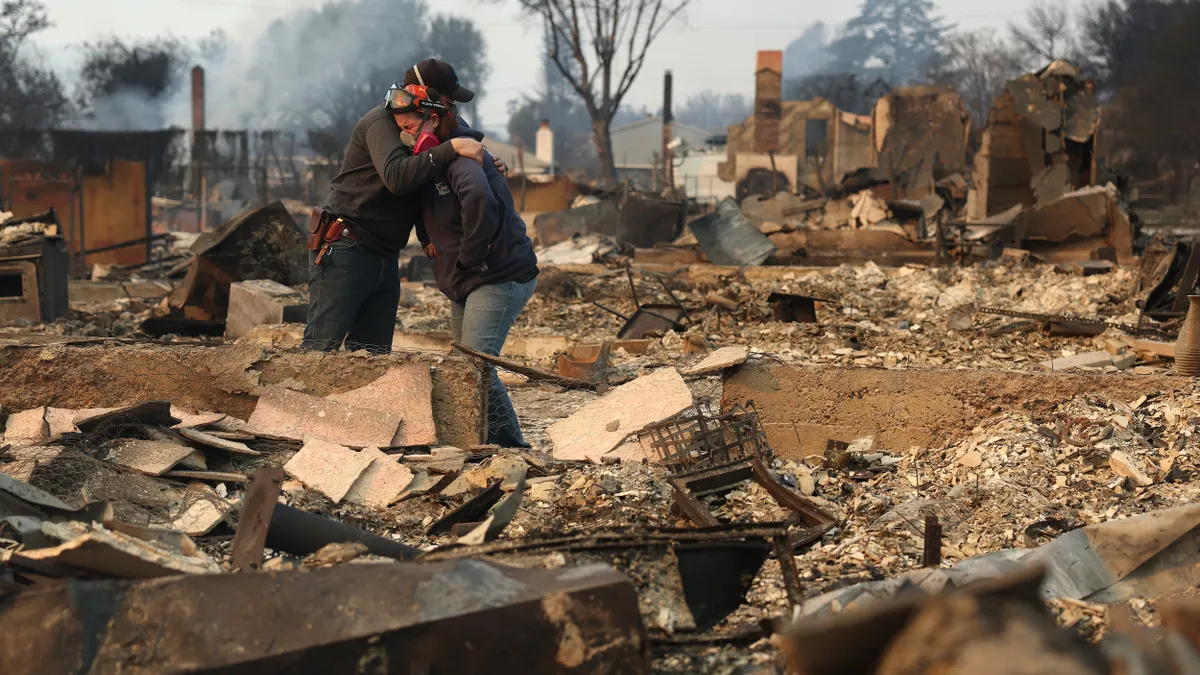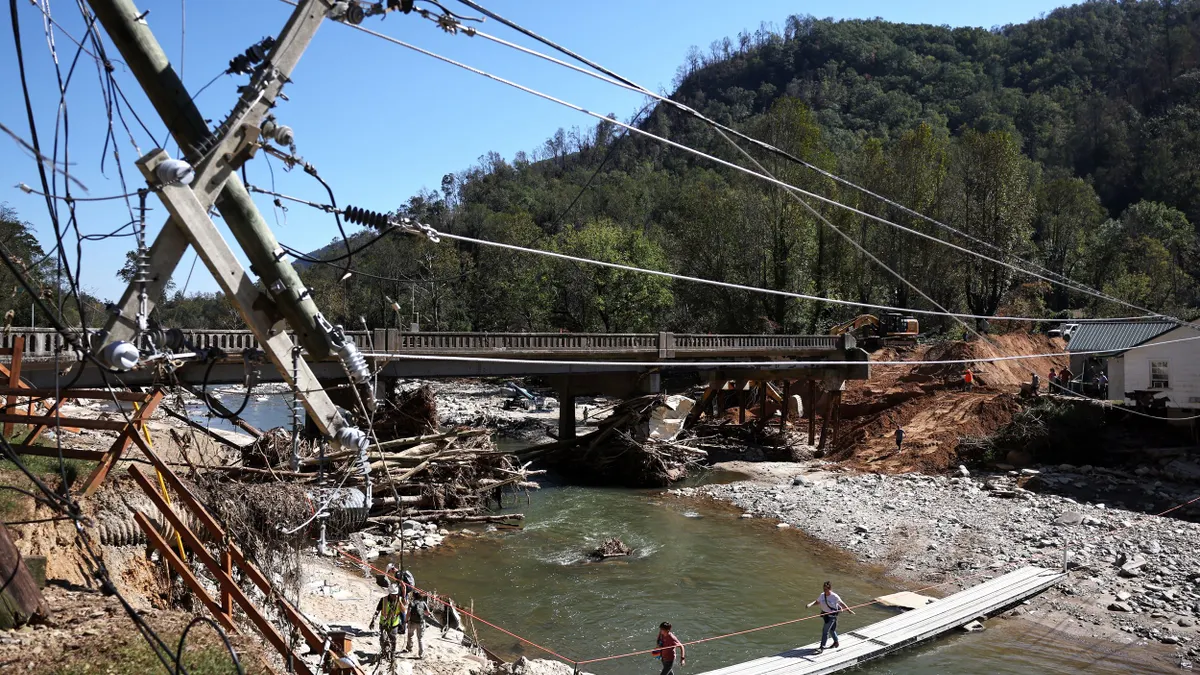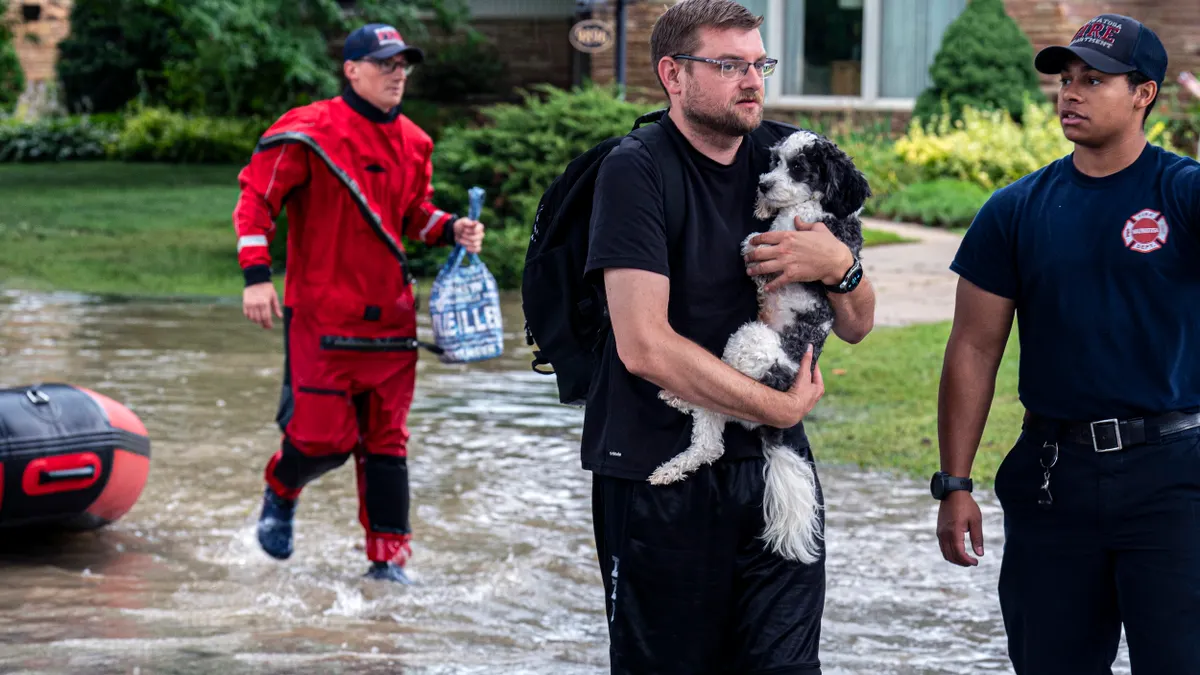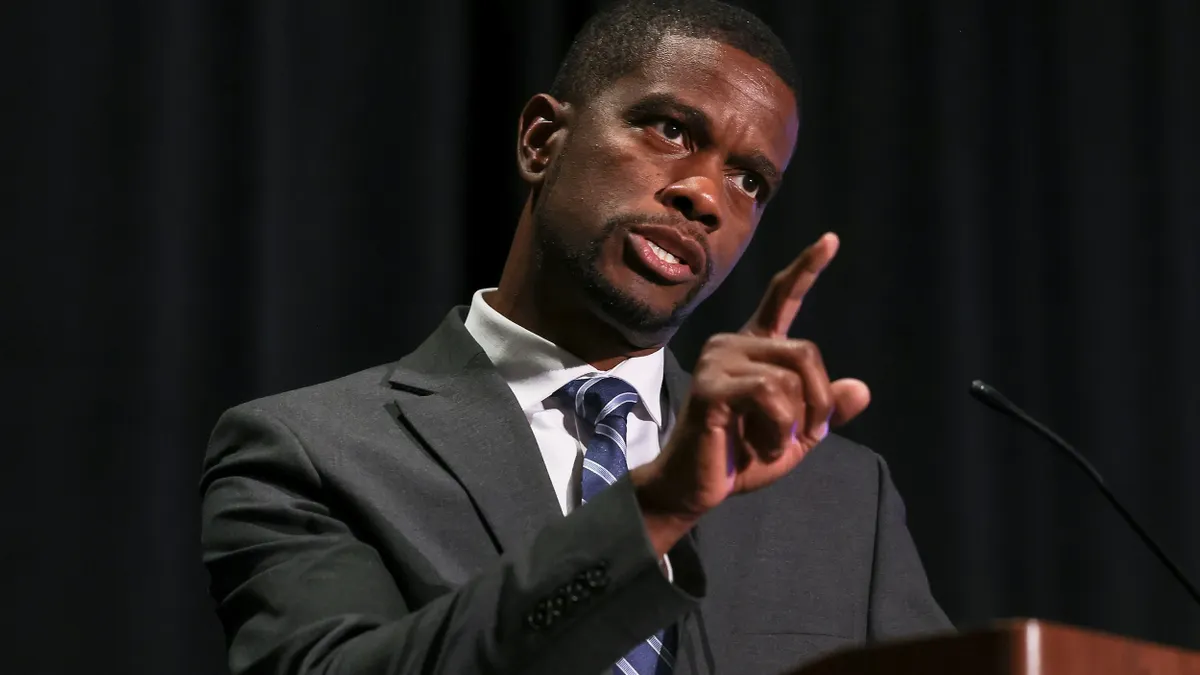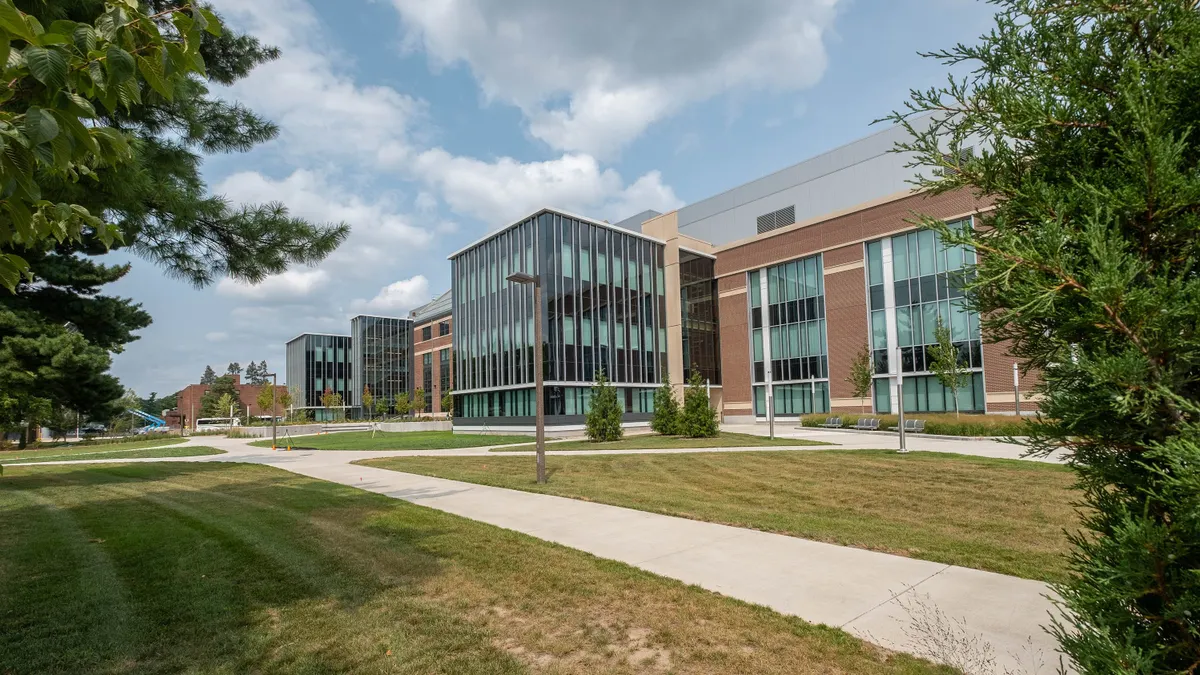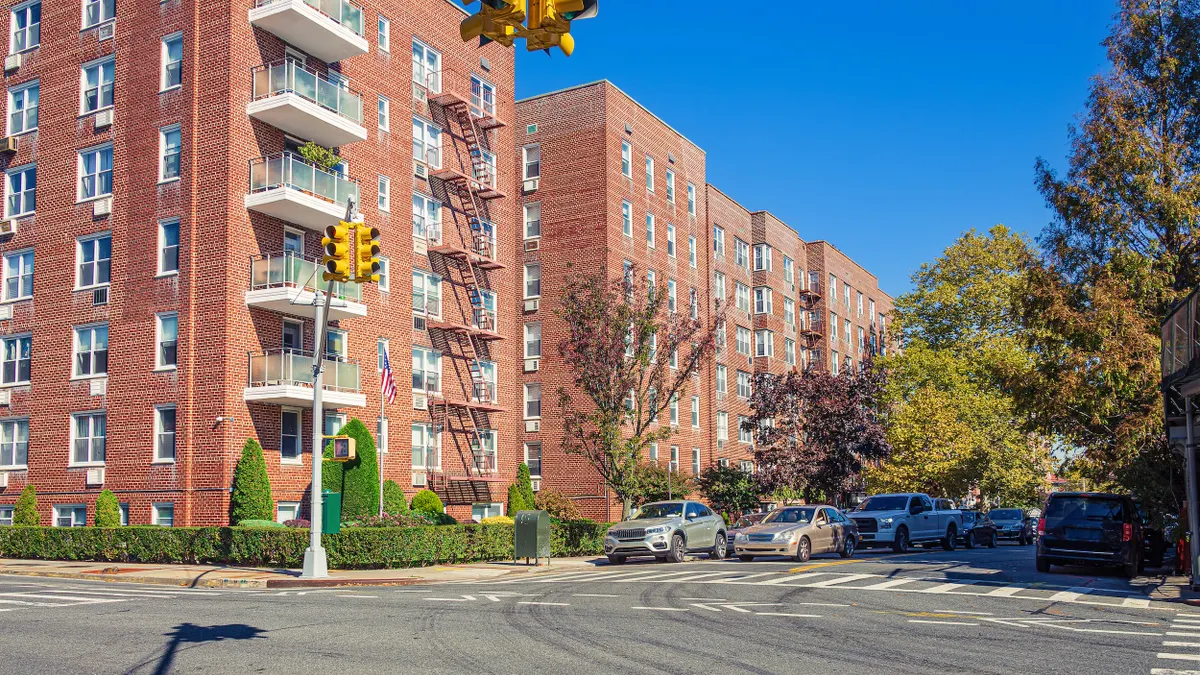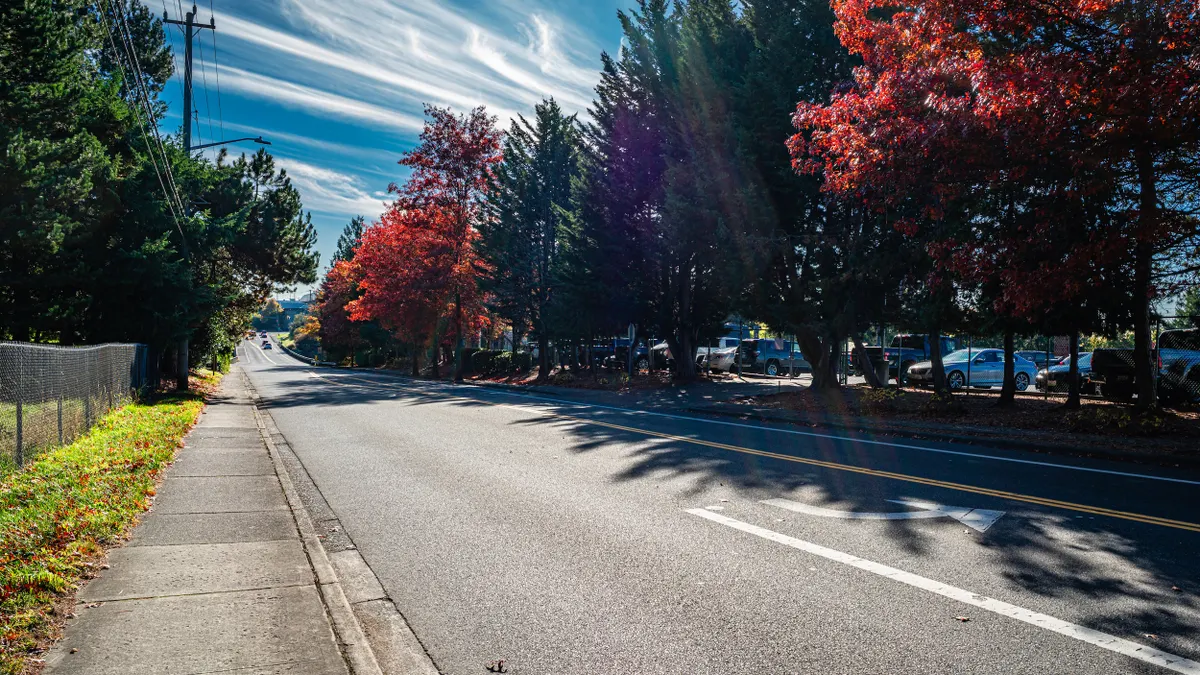The Local Infrastructure Hub was established in 2022 to help cities and towns access billions of dollars in federal infrastructure funds made available through the 2021 Infrastructure Investment and Jobs Act. Today, much of that funding has been terminated or is under threat.
Michael Samuelian, founding director of Cornell Tech’s Urban Tech Hub, a founding partner in the Local Infrastructure Hub, said there’s still plenty cities can do to make up for the loss of this funding. In an emailed interview with Smart Cities Dive, he outlined several ways they can continue to build resiliency.
Editor’s note: This interview has been edited for length and clarity.
SMART CITIES DIVE: What are some of the most underutilized tools or partnerships cities can use to improve infrastructure planning or delivery?
MICHAEL SAMUELIAN: Artificial intelligence tools can revolutionize local resilience by enabling cities to predict risks, allocate resources more efficiently, and respond to weather-related and infrastructure challenges with unprecedented speed and precision. Even amid funding uncertainty, municipalities can deploy these solutions to streamline procurement and regulatory processes, identify challenges and threats, model development scenarios, plan responses and think ahead.
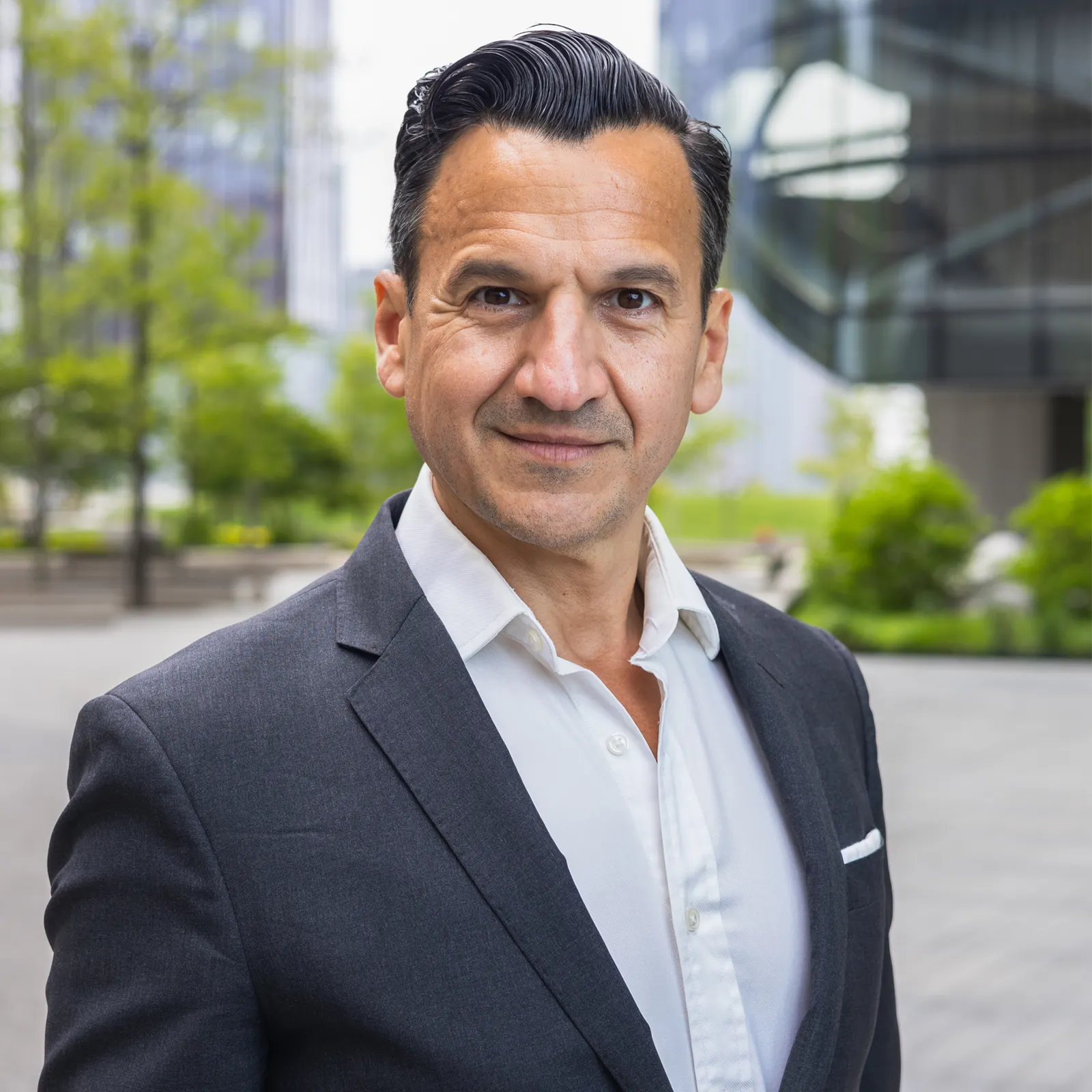
Likewise, urban academic institutions like ours [Cornell Tech’s Urban Tech Hub] are uniquely positioned to provide applied research, technical expertise, and programmatic support to help cities and towns understand the role that technology can play in building more resilient communities — and serve as innovation labs, helping test and pilot new technologies before jurisdictions invest in full-scale deployment.
In Jacksonville, for example, the University of Florida is piloting a digital twin project to model everything from wastewater treatment flows to areas of the city especially prone to flooding to give officials an evidence-backed view of the future. These are exactly the muscles the Local Infrastructure Hub is helping municipalities develop, alongside insights and connections to peers like Jacksonville, so they can learn and adapt strategies from what’s working elsewhere for their residents.
How can city departments with legacy systems and limited tech staff realistically keep pace with this innovation?
City Halls are laboratories for public sector innovation, thanks to much of the work our partners at Bloomberg Philanthropies’ Government Innovation program have been building inside local governments for more than a decade.
The Local Infrastructure Hub is a case in point: It demonstrates how small towns and mid-size cities, from Clarkston, Georgia, to Lake City, South Carolina, to Allentown, Pennsylvania, can super charge their technical capacity and make big things happen — like developing competitive, compelling grant applications and bringing home critical investment for essential improvements in their communities.
With this assistance, our participants have secured over $3 billion of the $6 billion distributed to localities to date. Still, this training does more, giving dedicated local officials — from grant writers to fire chiefs — the tech, the tools and the confidence to continue to deliver for their communities time and time again. And every day, we see that with this support, counties, towns and villages are making it happen. And with nerve centers like this, and the peer networking at its heart, no local official has go it alone.
How should local leaders rethink procurement or permitting processes to enable more agile and adaptive infrastructure in the face of extreme weather?
To meet future challenges, city leaders must fundamentally restructure procurement and permitting processes to enable the rapid deployment of resiliency measures. The Local Infrastructure Hub explores how municipalities across the country are already advancing innovative procurement strategies.
Take, for example, Long Beach, California, where the city adopted challenge-based procurement using open RFPs to solicit solutions from vendors, NGOs and academic institutions. Likewise, Kansas City has implemented fast-track permitting for nature-based solutions, such as integrated stormwater management systems that simultaneously address multiple climate risks. Cities can also create pre-approved vendor pools and standardized agreements like Austin’s Master Interlocal Agreement framework.
This approach has supported dozens of joint university-city research projects and facilitated the rapid deployment of technologies like digital twins for emergency response planning. Finally, regional collaboration can enhance the scale and impact of procurements. Smart Columbus offers an impressive model, evolving from a single-city EV charging initiative into a multi-county procurement consortium that achieves broader cost-effectiveness and greater reach. Innovative procurement emphasizes flexibility, speed and outcome-based solutions — ensuring infrastructure investments remain effective in an increasingly unpredictable future.
What’s your most actionable advice for mayors who want to build weather-resilient infrastructure without relying on new federal funding?
Mayors don’t have to wait for Washington to act on their infrastructure ambitions or to safeguard their communities. Local governments should immediately deploy low-cost, high-impact technology and tap expertise from cross-sector collaborators — whether universities, businesses, or non-profits — and start building today.







